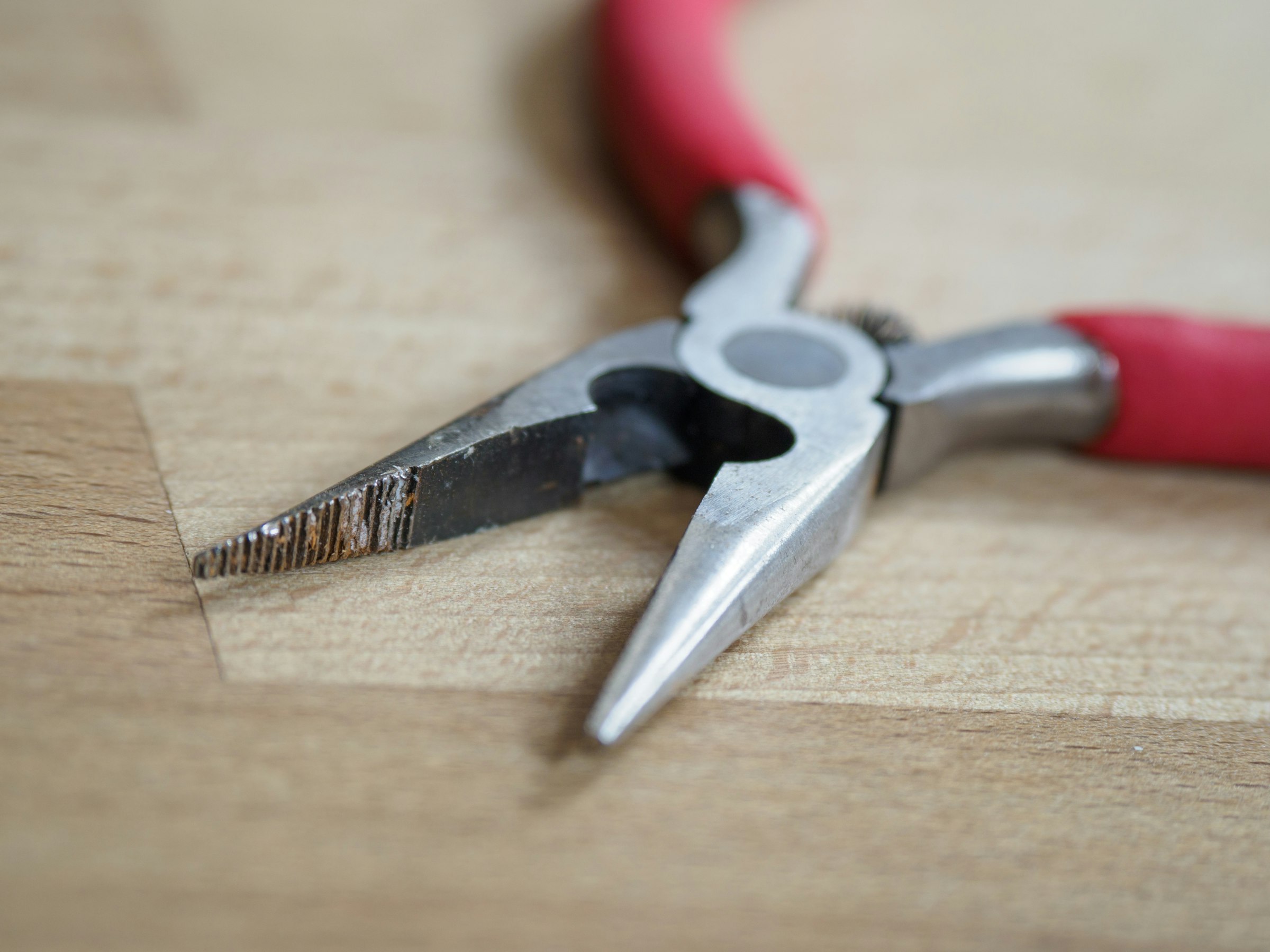
ScissorPedia Tension Guide
The pivot isn’t just hardware—it controls how cleanly the blades meet, how much thumb pressure you need, and how long an edge lasts between sharpenings. We ranked the major systems so you can pick the one that matches your cutting style, maintenance appetite, and budget.
Quick answers for busy stylists
- Hair folding or tips slipping? Tighten until a drop test stops between 35°–45° of travel—73% of “dull” complaints vanish once tension is right.
- Hands aching mid-shift? Bearing and leaf-spring systems keep friction low, so your thumb glides instead of forcing the blades together.
- Sharing shears on the floor? Choose a dial or leaf-spring hybrid—the clicks make it easy to reset tension after someone else tweaks it.
How we rank the systems
- S – Studio Elite: Engineering-first pivots (bearings, leaf-spring hybrids) that hold tension for months and feel silky on convex edges.
- A – Salon Trusted: Reliable pro standards (click dials, UFO screws) that balance speed, stability, and easy servicing.
- B – Everyday Essential: Workhorse screws you can tighten with a coin—great value if you don’t mind more frequent checks.
- C – Legacy / Training: Designed for student kits or occasional backups; expect more drift and fewer tuning options.
Tension troubleshooting checklist
- Drop test first. Open to 90°, release the thumb blade, and note where it stops.
- Clean before you tweak. Product or hair inside the pivot can fake a “tight” feel.
- Adjust in micro moves. 1/16 turns or single clicks are enough; overshooting can warp washers or crush bearings.
- Oil after adjustments. One drop inside the pivot protects the stack and keeps friction predictable.
Ready to dive deeper? Compare each tension system below for adjustment steps, ideal use cases, and notable shear examples.
Frequently asked questions
What is the ideal tension for salon shears? The drop test is the industry standard: open to 90°, release the thumb blade, and adjust until it stops between 35° and 45°. That keeps the edges engaged without overloading the pivot.
How often should I adjust my shear tension? Check daily if you work with flat screws or thumb wheels, weekly for dial or UFO systems, and monthly for bearing or leaf-spring pivots that hold tension longer. Always clean the pivot before tweaking.

